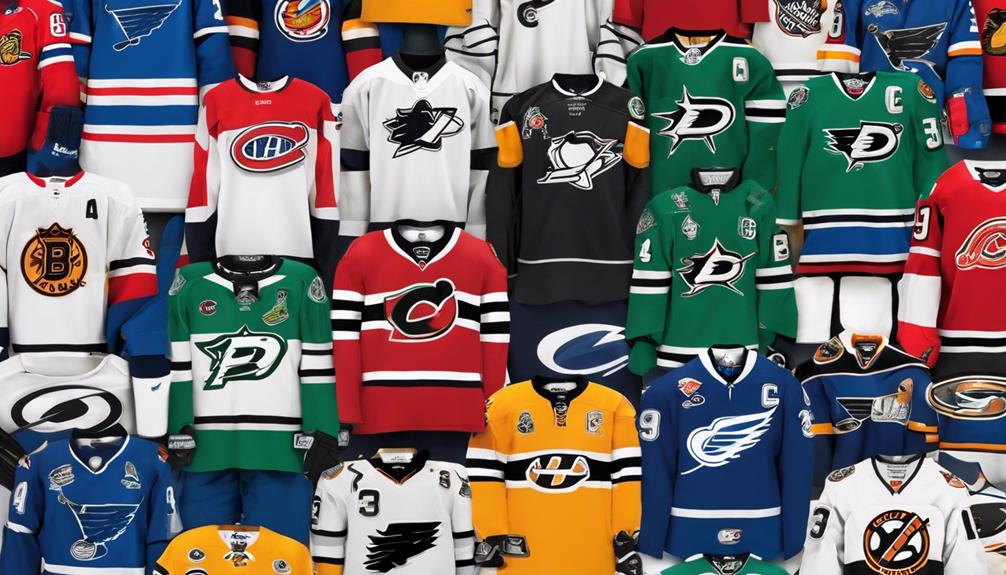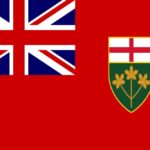The National Hockey League (NHL) stands as one of the premier sports organizations in North America, boasting a widespread fan base and a multitude of revenue streams.
From ticket sales and broadcasting rights to merchandise and sponsorships, the NHL's financial landscape is multifaceted and dynamic.
In this discussion, we will explore the intricate web of revenue sources that contribute to the NHL's overall financial health and delve into the numbers that underpin this thriving sports industry.
Revenue Streams of the NHL
The National Hockey League (NHL) generates its revenue through a diverse range of streams including ticket sales, broadcasting rights, sponsorships, and merchandise sales. Corporate partnerships play a significant role in the NHL's revenue strategy, with major companies investing in sponsorships to gain brand exposure to the league's fan base. These partnerships often involve advertising rights, arena signage, and promotional events that contribute to the NHL's overall revenue stream.
Additionally, ticket pricing is a crucial factor in revenue generation, with teams strategically setting prices based on factors such as opponent strength, day of the week, and special promotions. Balancing competitive pricing with maximizing revenue is a constant challenge for NHL teams seeking to optimize their ticket sales.
Ticket Sales and Attendance Figures
Amidst the financial landscape of the National Hockey League (NHL), a critical aspect that warrants close examination revolves around ticket sales and attendance figures. Analyzing attendance trends is crucial for understanding fan engagement and the league's popularity. Factors such as team performance, star players, and game schedules can significantly influence attendance numbers.
Moreover, ticket pricing plays a pivotal role in attracting fans to arenas. Finding the right balance between affordability and revenue generation is key for NHL teams. By monitoring attendance figures and adjusting ticket pricing strategies accordingly, teams can optimize their revenue streams while ensuring a vibrant and energetic atmosphere at games.
In essence, attendance trends and ticket pricing are integral components that shape the financial dynamics of the NHL.
Broadcasting Rights and TV Deals
Analyzing the landscape of the National Hockey League's financial realm, a key element of interest pertains to the lucrative realm of broadcasting rights and TV deals. Broadcasting revenue plays a pivotal role in the NHL's overall income stream, with TV network deals being a major contributor.
The league secures substantial broadcasting revenue through partnerships with various television networks, enabling fans worldwide to enjoy NHL games. These TV network deals not only provide significant financial support but also help in expanding the league's global reach and viewership.
The negotiation and renewal of these contracts are critical moments for the NHL, as they directly impact the league's financial health and exposure. As the digital landscape evolves, securing favorable broadcasting agreements remains crucial for the NHL's continued growth and success.
Merchandise Sales and Licensing
In addition to broadcasting rights and TV deals, the National Hockey League generates substantial revenue through merchandise sales and licensing agreements, contributing significantly to its overall financial performance.
Product development plays a crucial role in creating a wide range of merchandise that appeals to fans, including jerseys, hats, and memorabilia. These products not only serve as a source of revenue but also strengthen fan loyalty and engagement with the league.
Moreover, brand partnerships with companies like Adidas and Fanatics further enhance the NHL's merchandise sales through exclusive collaborations and distribution channels.
Sponsorships and Partnerships
The National Hockey League cultivates significant revenue streams through strategic sponsorships and partnerships that play a pivotal role in enhancing its financial performance. Corporate partnerships with major brands and advertising deals are key components of the NHL's revenue-generating strategy.
These partnerships not only provide financial support but also help increase the league's visibility and reach among fans and potential audiences. By collaborating with various companies through sponsorship agreements, the NHL can tap into additional resources to invest in player development, fan engagement initiatives, and overall growth opportunities.
Leveraging these corporate partnerships and advertising deals allows the NHL to maximize its revenue potential while creating mutually beneficial relationships with partners looking to align their brands with the excitement and passion of hockey.
Revenue Sharing and Collective Bargaining
Amidst the NHL's revenue-generating strategies, a critical aspect that significantly impacts its financial framework is the structure of revenue sharing and collective bargaining agreements within the league.
Key Insights:
- Revenue Distribution: Understanding how revenue is distributed among NHL teams is crucial for assessing financial equity and competitive balance within the league.
- Labor Negotiations: The outcomes of labor negotiations between the NHL and player associations directly influence player contracts, salary caps, and overall financial stability.
- Economic Impact: Effective revenue sharing and fair labor agreements not only ensure financial sustainability for individual teams but also contribute to the league's overall economic success and growth.
Frequently Asked Questions
How Does the NHL Allocate Revenue Generated From International Games and Events?
The NHL strategically allocates revenue from international games and events by leveraging sponsorship agreements, international expansion, ticket sales, and merchandise sales. This diversification aids in maximizing profitability and growth opportunities within the global market.
What Impact Do Player Salaries and Contracts Have on the Nhl's Overall Revenue?
Player salaries and contracts directly impact the NHL's revenue by influencing team budgets and salary caps. High-performing players command significant salaries, affecting team finances and profitability. Analyzing this dynamic relationship is crucial for understanding financial stability in the league.
How Does the NHL Handle Revenue Generated From Digital Streaming Platforms and Online Content?
The NHL strategically manages revenue from digital streaming platforms and online content through targeted online advertising and lucrative sponsorship deals. Leveraging these channels effectively enhances engagement, expands reach, and drives additional revenue streams for the league.
Are There Any Specific Strategies the NHL Employs to Increase Revenue During the Off-Season?
During off-seasons, the NHL strategically leverages marketing strategies to engage fans through events, merchandise promotions, and player appearances. Sponsorship deals with brands align with fan interests, sustaining revenue growth and fan loyalty.
How Does the Nhl's Revenue Compare to Other Major Sports Leagues Around the World?
When comparing revenue among global sports leagues, the NHL's financial standing is influenced by its sponsorship deals, audience reach, and market competition. Understanding these factors provides insights into the league's positioning within the sports industry.









